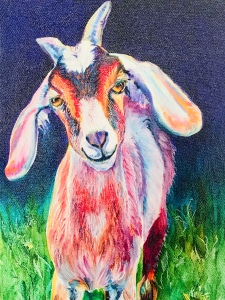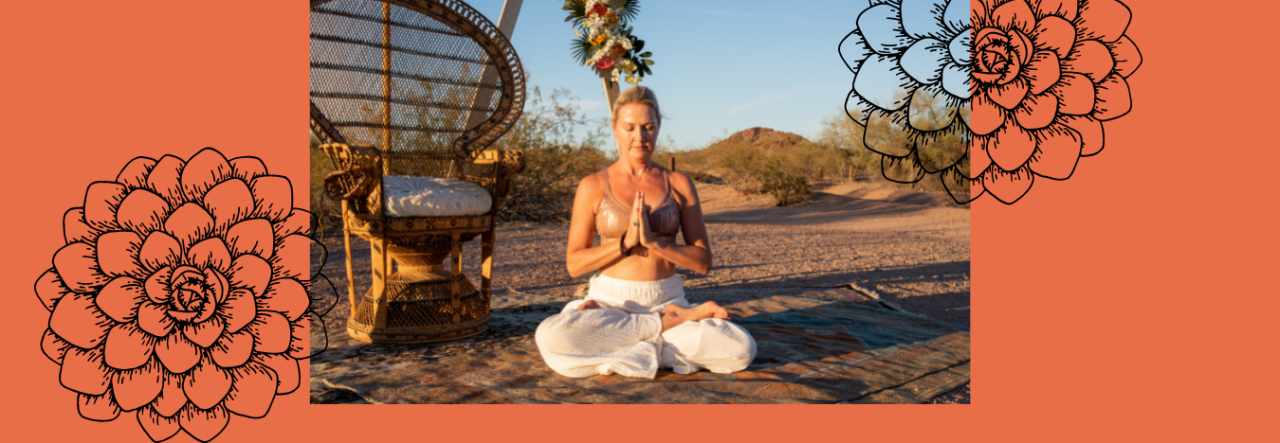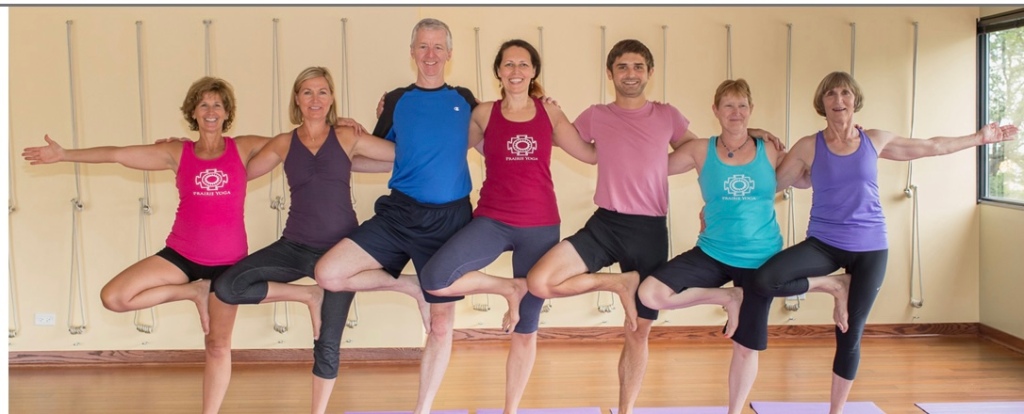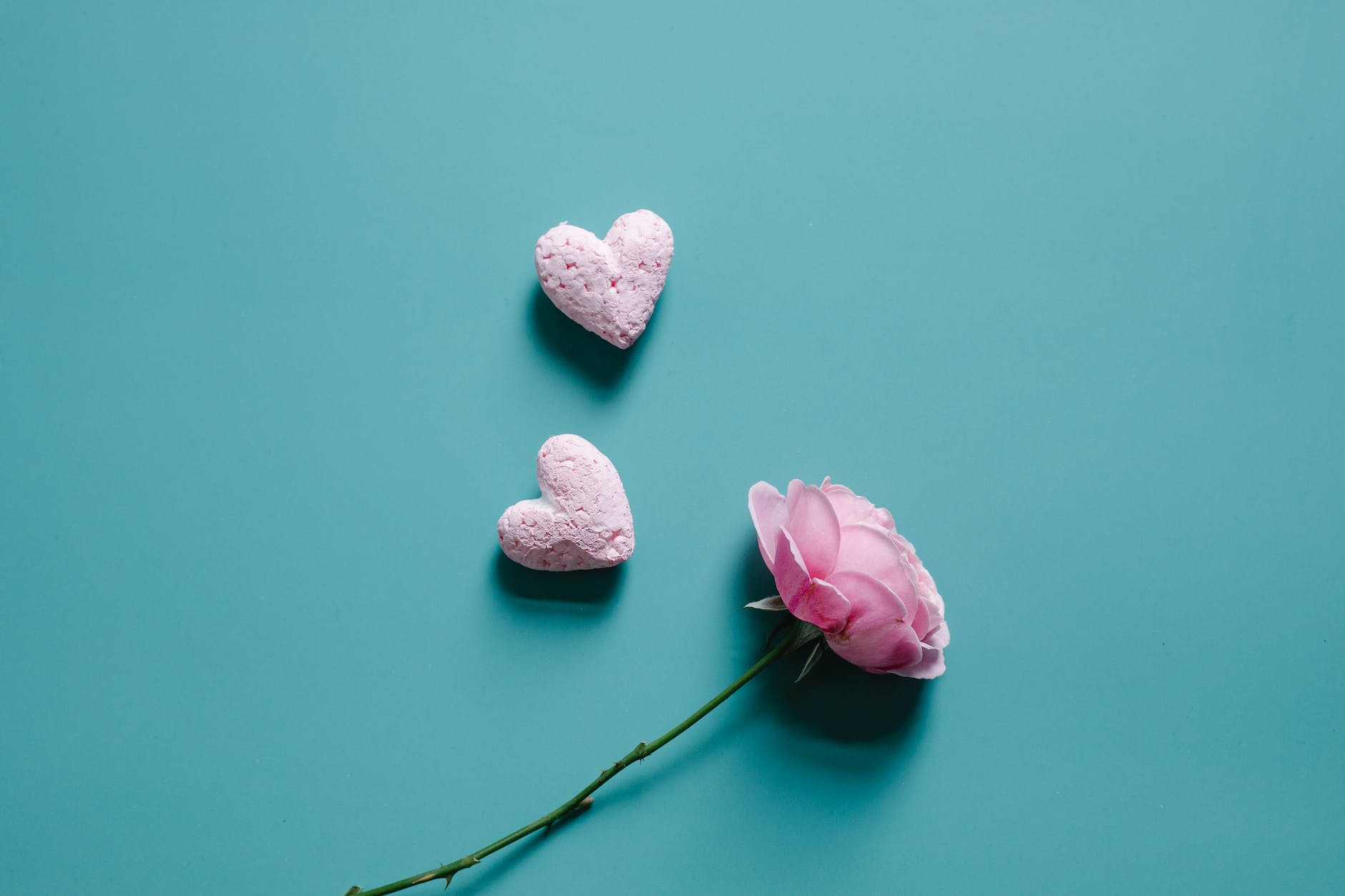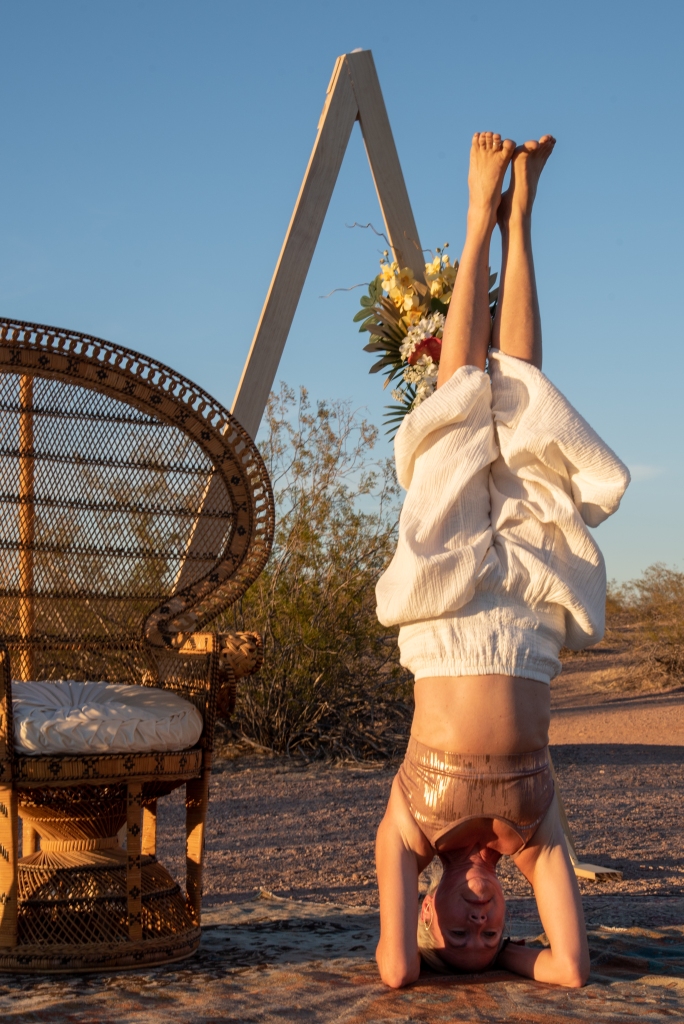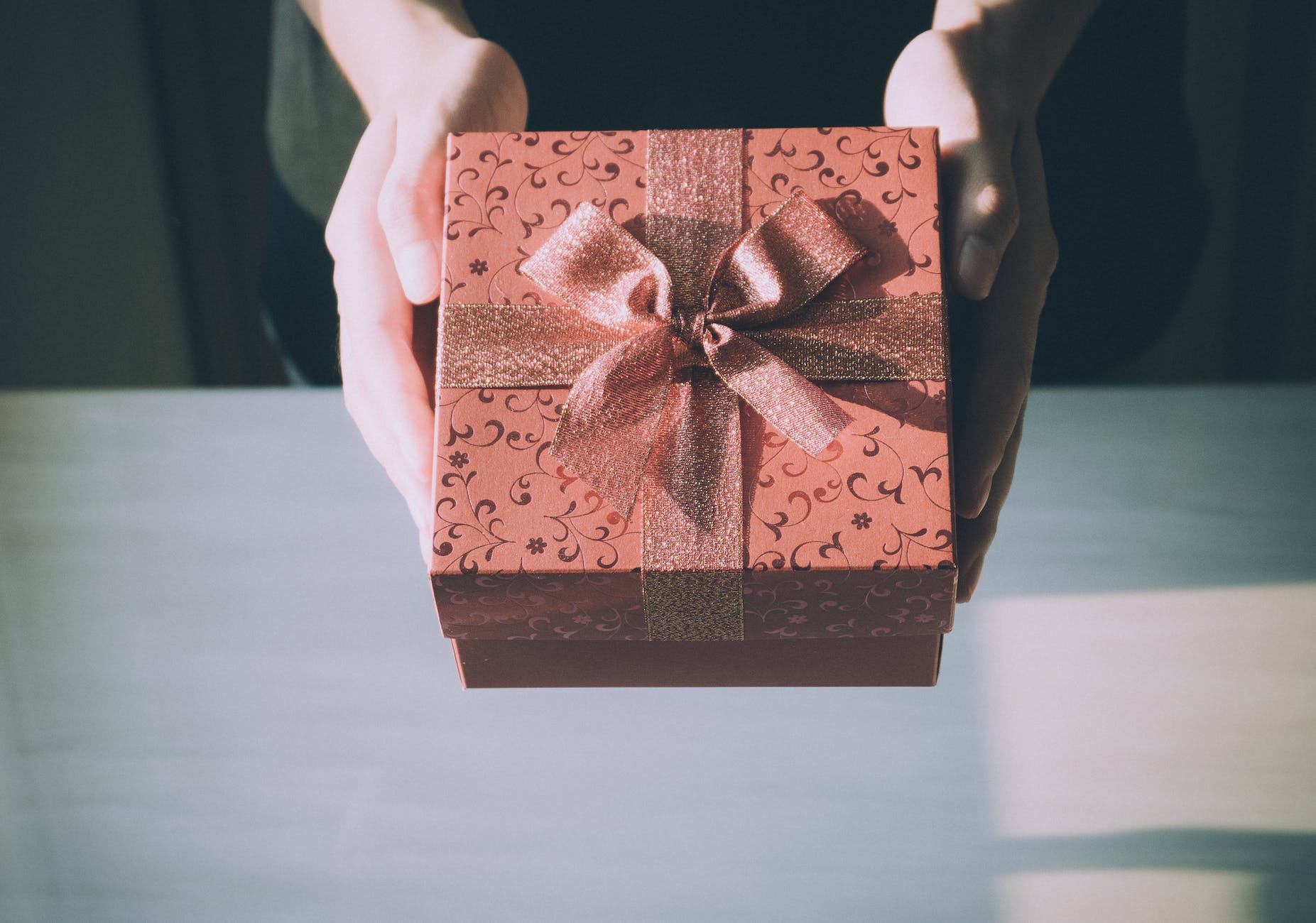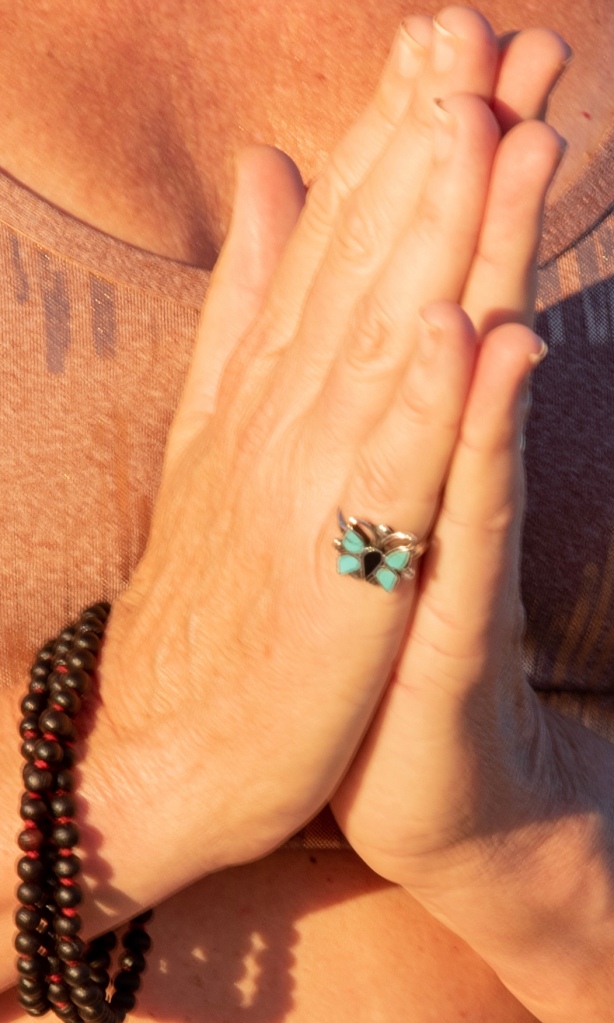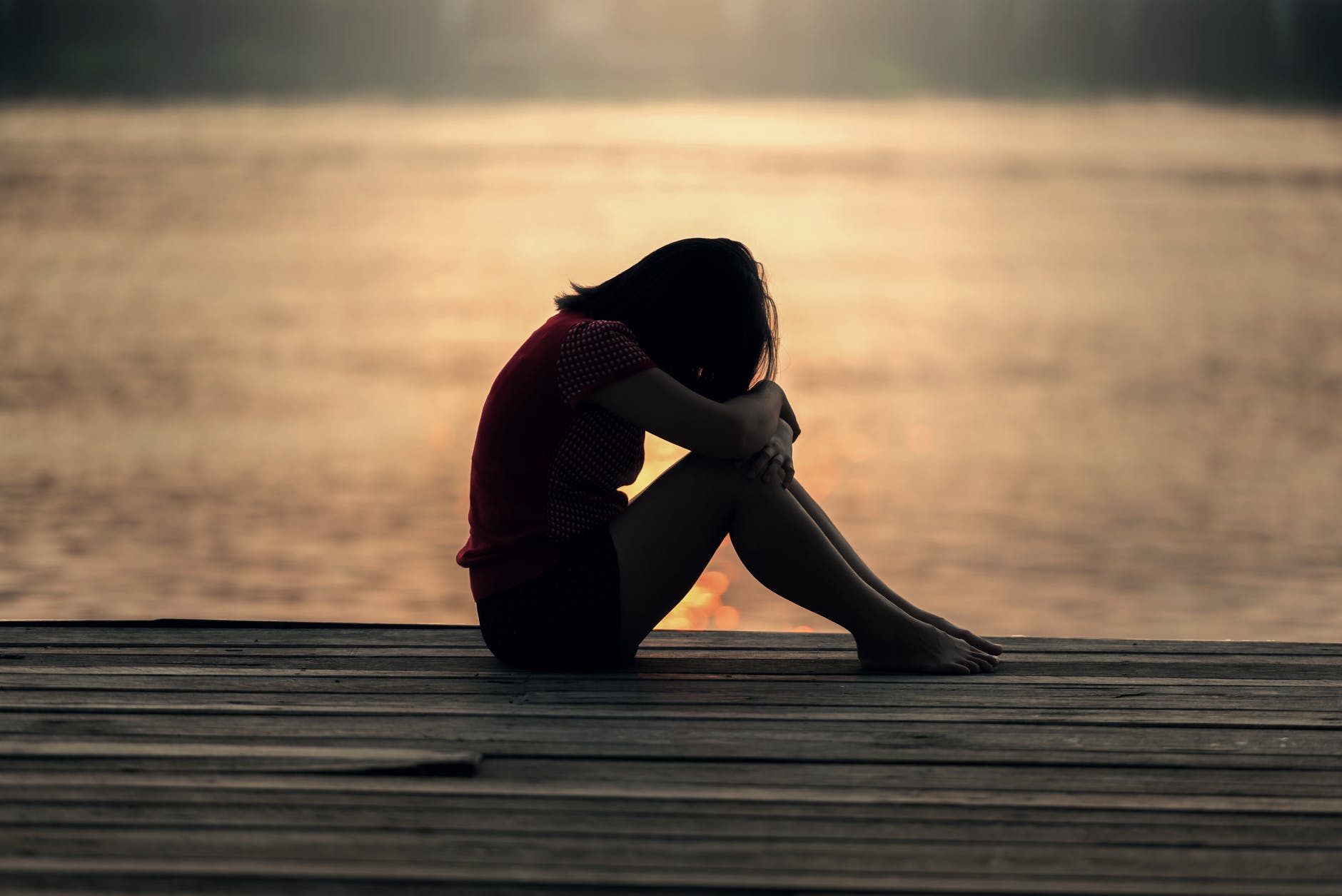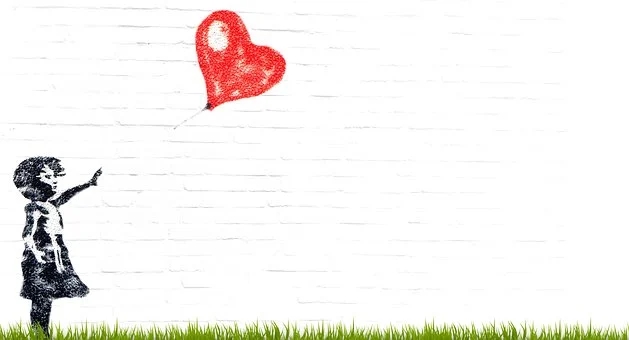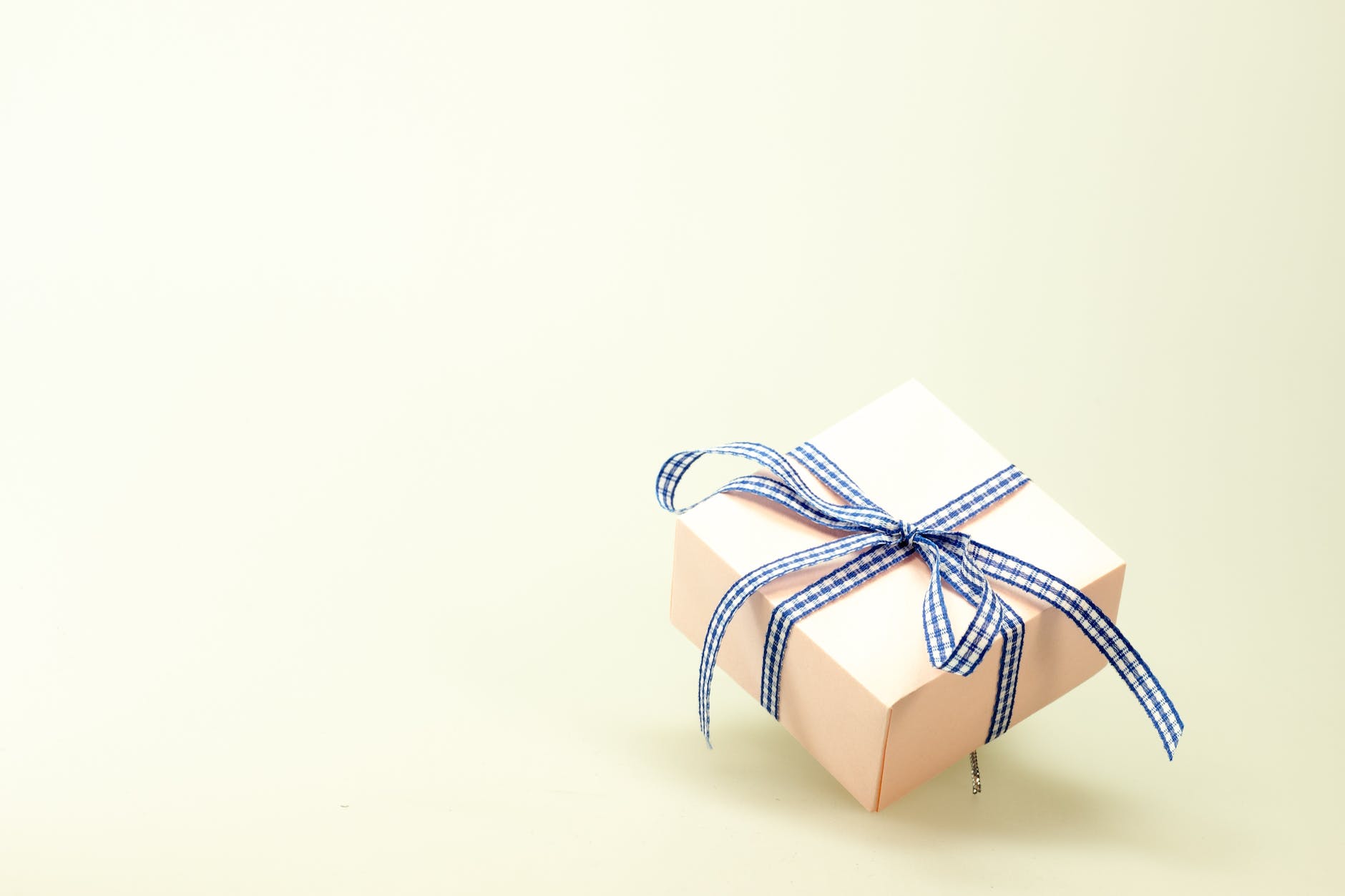
Your future depends on what you do today.
Mahatma Gandhi
I have received many amazing gifts over the years. I consider my marriage a gift. My children and pets are a gift. My friends and extended family are also wonderful gifts. I think it’s important to not take these “gifts” for granted and make the shift to treasure what is right in front of you. When you do that, it becomes all the more obvious that it’s all a gift. The seeds I plant today, whether they be healthy habits, organizing or simplifying my life, are gifts to my future self. This is self care in its truest form.
Here are some ideas that I consider to be gifts to my future self.
- Choose healthy foods to eat and eat them in a slow and mindful way.
- Exercise, whether it is daily walks, biking, yoga or weight training. If you can get the body moving, in a way that you enjoy, you will be more likely to make it a habit.
- Acts of mindfulness, whether it be meditation, technology breaks or being in nature. All of these things nurture the mind.
- Social connections are also known to nurture the health of the mind. Like meeting up with a friend for lunch or taking a walk with a loved one.
- Give yourself something to look forward to like planning a vacation, a workshop or some event that you enjoy attending.
- Forgive. If you are holding onto old wounds, carrying a grudge or even if you find drivers annoying, don’t allow this heaviness a place in your heart.
- Plan the near future. Plan the week by looking at the calendar on Sunday night. Make your coffee the night before. Fill up the car before it’s near empty.
- Plan for the more distant future. Set aside money for retirement. Make an end of life plan. Keep your will and living will updated.
- Establish healthy boundaries. Say no to things that aren’t in your best interest. Choose to be around people that lift you up rather than bring you down. Don’t spend time worrying about what others think of you.
- Continue to learn new things and be open to growth opportunities when they arise.
- De-clutter and simplify. We all know how good it feels once the closet is cleaned out and things are organized.
- Always have clothes that are appropriate for a variety of events in your closet. From something to wear to a last minute party to a funeral.
- Keep extra birthday cards, gift wrap and maybe even a few gifts at the ready.
These are just a few ideas. I would love to know what gifts you give to your future self. When we take the time to care for ourselves, we naturally have more to give to those around us. And our future selves will be continually grateful for our efforts.
Real generosity toward the future lies in giving all to the present.
Albert Camus
